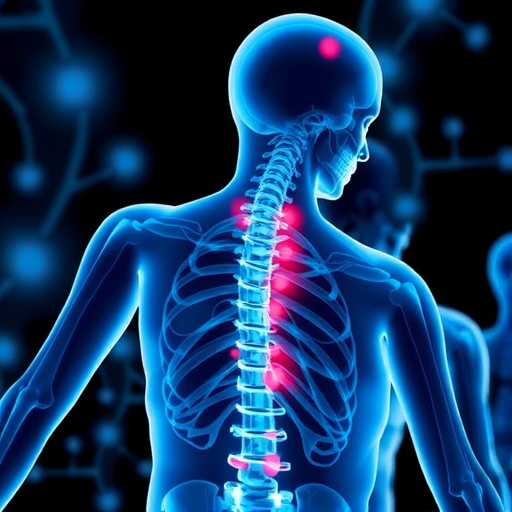Findings from an animal study suggest that a non-invasive imaging technique could, with further development, become a useful tool to assess immune system recovery in people receiving treatment for HIV infection. Researchers used single-photon emission computed tomography (SPECT) and a CD4-specific imaging probe to assess immune system changes throughout the bodies of macaques infected with SIV, a simian form of HIV, following initiation and interruption of antiretroviral therapy (ART). They evaluated pools of CD4+ T cells, the main cell type that HIV infects and destroys, in tissues such as lymph nodes, spleen and gut.
Their findings illustrate that CD4+ T-cell levels in the blood–a measure of immune system health in people living with HIV–often fail to fully reflect the situation in tissues. A low blood CD4+ T-cell level indicates an immune system weakened by HIV, and the level generally increases when ART is started and the immune system begins to recover. The new research, led by scientists at the National Institute of Allergy and Infectious Diseases, part of the National Institutes of Health, delineates the complexity of the immune recovery process at the level of different tissues.
SPECT imaging data from seven monkeys chronically infected with SIV revealed that the timing of reconstitution of the CD4+ T-cell pool in the months following ART initiation varied among animals, and among clusters of lymph nodes within the same animal. Furthermore, reconstitution of CD4+ T-cell pools in the lymph nodes of animals receiving long-term ART appeared suboptimal; they remained smaller than the pools seen in healthy control animals. CD4+ T-cell pools in the spleen appeared similar in the two groups.
The scientists also assessed changes in CD4+ T-cell pools in the gut, which is considered a major target for HIV infection. In contrast to the findings in lymph nodes and spleen, the investigators observed few differences in gut CD4+ T-cell pools between healthy and SIV-infected animals, challenging the notion that the gut is the major target of SIV infection.
In the future, extension of this imaging technology to humans may aid scientists in evaluating immune reconstitution following standard and experimental HIV treatments, the authors conclude.
###
ARTICLE: M Di Mascio et al. Total body CD4+ T cell dynamics in treated and untreated SIV infection revealed by in vivo imaging. JCI Insight DOI: 10.1172/jci.insight.97880 (2018).
WHO: H. Clifford Lane, M.D., the senior author of the paper and director of NIAID's Division of Clinical Research, is available to comment on the findings. Michele Di Mascio, Ph.D., the first author of the paper, also is available.
CONTACT: To schedule interviews, please contact Hillary Hoffman, (301) 402-1663, [email protected].
NIAID conducts and supports research–at NIH, throughout the United States, and worldwide–to study the causes of infectious and immune-mediated diseases, and to develop better means of preventing, diagnosing and treating these illnesses. News releases, fact sheets and other NIAID-related materials are available on the NIAID website.
About the National Institutes of Health (NIH): NIH, the nation's medical research agency, includes 27 Institutes and Centers and is a component of the U.S. Department of Health and Human Services. NIH is the primary federal agency conducting and supporting basic, clinical, and translational medical research, and is investigating the causes, treatments, and cures for both common and rare diseases. For more information about NIH and its programs, visit http://www.nih.gov/.
NIH…Turning Discovery Into Health®
Media Contact
Hillary Hoffman
[email protected]
301-402-1663
@NIAIDNews
http://www.niaid.nih.gov
http://dx.doi.org/10.1172/jci.insight.97880




